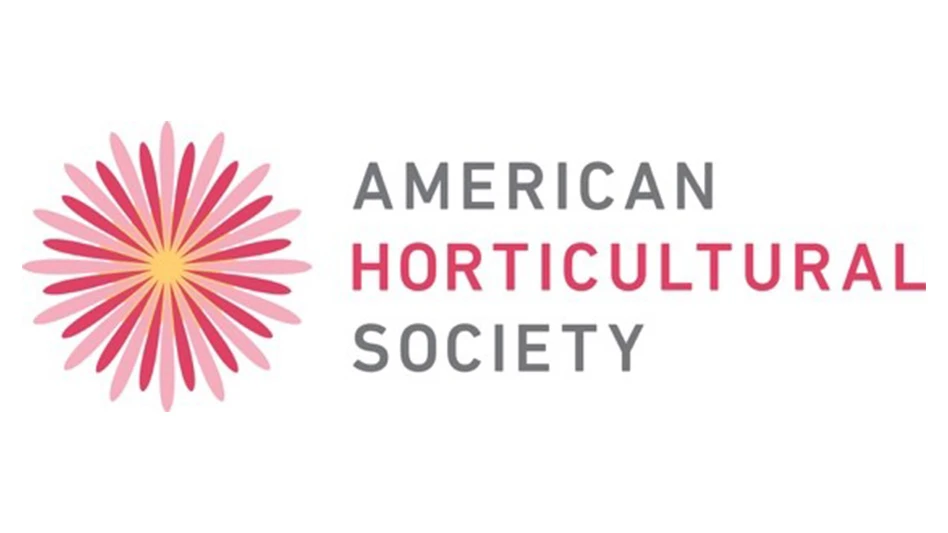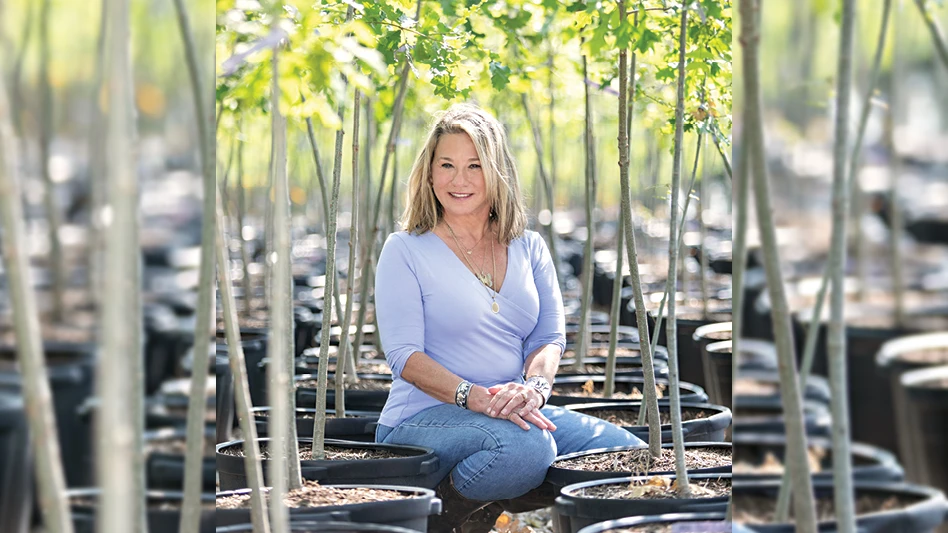_fmt.png)
Effective resistance management involves judicious selection and accurate application of pesticides, and integration with other sound pest management strategies.
To minimize the prospect of arthropod pest populations developing resistance, follow these guidelines:
- Scout crops regularly and time pesticide applications to target larvae and adults.
- Implement sound cultural practices and good sanitation with prompt weed removal.
- If feasible, screen greenhouse openings to prevent insect pests from migrating into greenhouses.
- Use biological control agents or natural enemies.
- Use synergists when applying pesticides to inhibit detoxification enzymes.
Read the label to determine whether a synergist has already been incorporated into the formulation. Certain demethylation inhibitor fungicides and plant growth regulators may act as synergists by blocking the same enzymes as the conventionally used synergist, piperonyl butoxide. Certain insecticides also may be used as synergists when mixed together.
- Rotate pesticides with different modes of action.
- Use pesticides with broad modes of activity, such as insect growth regulators, insecticidal soap, horticultural oils, selective feeding blockers, beneficial bacteria and fungi and microorganisms.
Rotation
In developing a resistance management program, it is important to rotate common names (active ingredients), not trade or brand names. It is important to rotate pesticides with different modes of activity from the Insecticide Resistance Action Committee (IRAC) groups, not just active ingredients or chemical classes. This is because some chemical classes have similar modes of activity. “Mode of action” or “mode of activity” refers to the specific target affected in an arthropod pest. The classification of an insecticide or miticide is listed by its IRAC label designation. For example, organophosphates and carbamates, despite being different chemical classes, have identical modes of activity. These chemical classes block the action of acetylcholinesterase, an enzyme that deactivates the neurotransmitter acetylcholine and results in total loss of nerve function. Using acephate for two consecutive spray applications during a generation and switching to methiocarb would not constitute proper rotation.
Although acequinocyl, pyridaben and fenpyroximate are in different chemical classes – napththoquinone, pyridazinone, and phenoxypyrazole, respectively, all three are active on the energy production system and should not be used in succession. The neonicotinoid chemical class contains a number of insecticides including imidacloprid, thiamethoxam, acetamiprid and dinotefuran. Neonicotinoid-based insecticides have similar modes of action, so it is essential to avoid using them in succession. It is recommended that an insecticide with a different mode of activity be used before using a neonicotinoid-based insecticide. Rotation schemes based on IRAC groupings are not fail-safe for avoiding resistance. They only take mode of action into account, not mode of detoxification.
Another essential strategy is to rotate pesticides with specific modes of activity with those having non-specific or multiple modes of activity, such as insect growth regulators, insecticidal soaps, horticultural oils, selective feeding blockers, beneficial bacteria and fungi, and microorganisms. It is also important to rotate insect growth regulators with different modes of action because certain insect pests have demonstrated resistance to a number of insect growth regulators. In general, modes of activity should be rotated every two to three weeks, or within one to two arthropod pest population generations. Timing will depend on the time of year because temperature influences life cycle duration from egg to adult. Combining or tank-mixing pesticides with different modes of action may delay resistance. Arthropod pests in the population resistant to one or more pesticides would likely succumb to the other pesticide in the mixture. This approach, however, risks selecting for detoxification mechanisms that may permit survival to both pesticides.
Consult and follow pesticide labels for registered uses. No discrimination is intended for any products not listed. KSU is not endorsing any product or company.
Get curated news on YOUR industry.
Enter your email to receive our newsletters.
Explore the May 2019 Issue
Check out more from this issue and find your next story to read.
Latest from Nursery Management
- The HC Companies, Classic Home & Garden merge as Growscape
- Eason Horticultural Resources will now officially be known as EHR
- BioWorks receives EPA approval for new biological insecticide for thrips, aphids, whiteflies
- Ellen Mackenbach-Lakeman appointed new CEO of Dümmen Orange
- Southern Garden Tour sets 2025 dates for trial garden open houses
- New book explores plants that thrive in Rocky Mountains
- American Floral Endowment establishes Herman Meinders Memorial Tribute
- These companies are utilizing plastic alternatives to reduce horticultural waste





